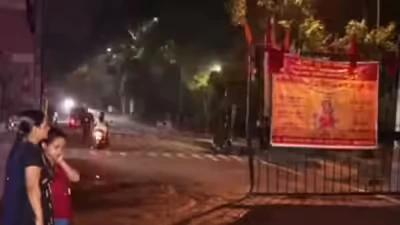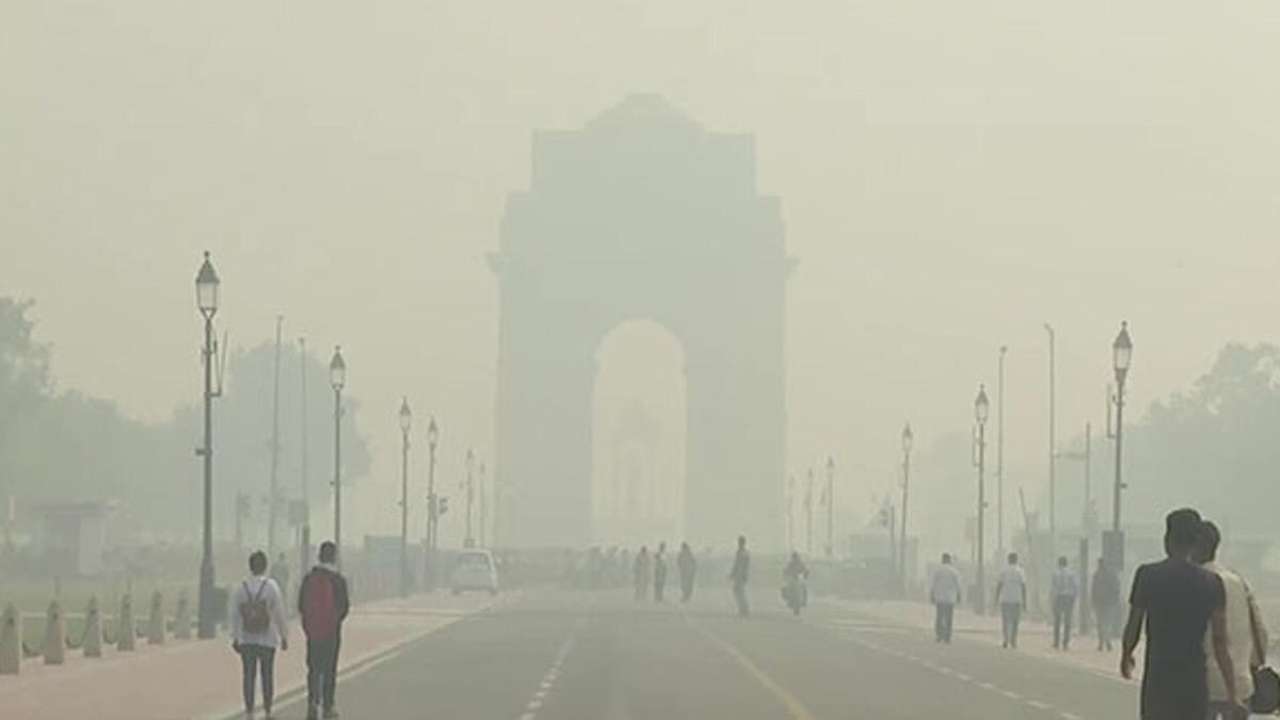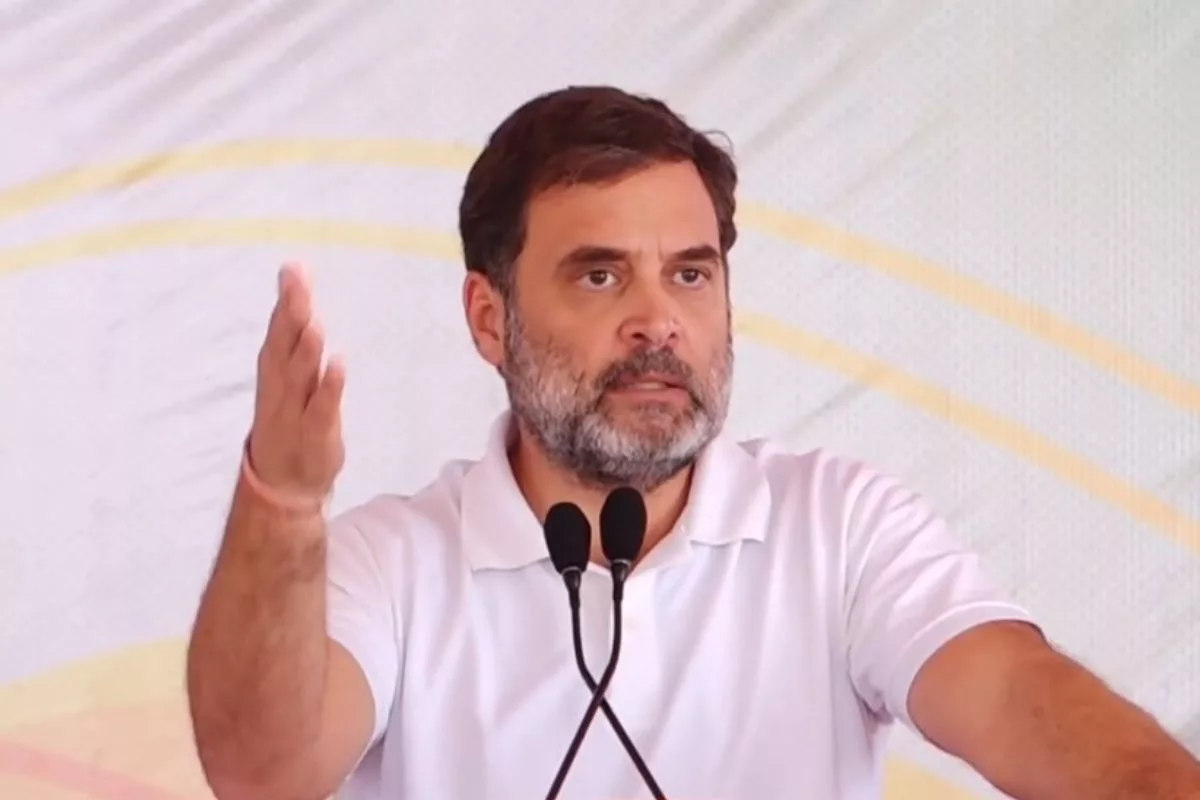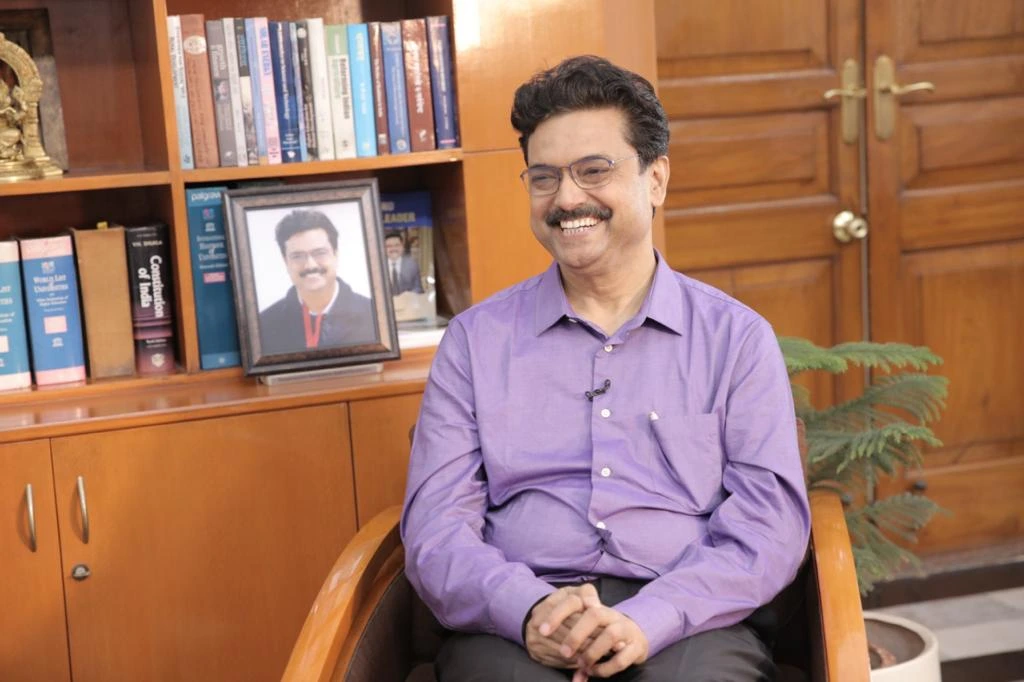India News
Delhi Violence: 20 killed, NSA Doval to meet PM Modi
18 people have reportedly been killed in the violence over the newly amended Citizenship lew and National Register of Citizens in Delhi since Sunday. Incidents of stone-pelting, arson and destruction of public and private property was reported from several areas of Northeast Delhi.

India News
Delhi air quality plunges to severe as thick smog blankets the capital
Delhi’s air quality deteriorated sharply with AQI entering the ‘severe’ zone across several areas, prompting enforcement of GRAP stage-IV measures.
India News
Rahul Gandhi alleges institutional bias, questions electoral system during Berlin address
Rahul Gandhi alleged that India’s institutions and electoral system have been weaponised to favour the BJP, remarks that sparked a strong political response.
India News
DU VC Prof Yogesh Singh entrusted with additional charge of AICTE Chairman
-
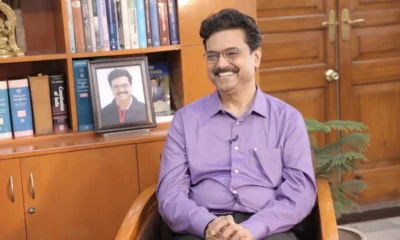
 India News22 hours ago
India News22 hours agoDU VC Prof Yogesh Singh entrusted with additional charge of AICTE Chairman
-

 India News22 hours ago
India News22 hours agoGoa nightclub fire case: Court extends police custody of Luthra brothers by five days
-

 India News5 hours ago
India News5 hours agoRahul Gandhi alleges institutional bias, questions electoral system during Berlin address
-

 Entertainment23 hours ago
Entertainment23 hours agoDhurandhar box office day 17: Ranveer Singh film crosses Rs 555 crore, enters all-time top 10
-

 India News4 hours ago
India News4 hours agoDelhi air quality plunges to severe as thick smog blankets the capital

